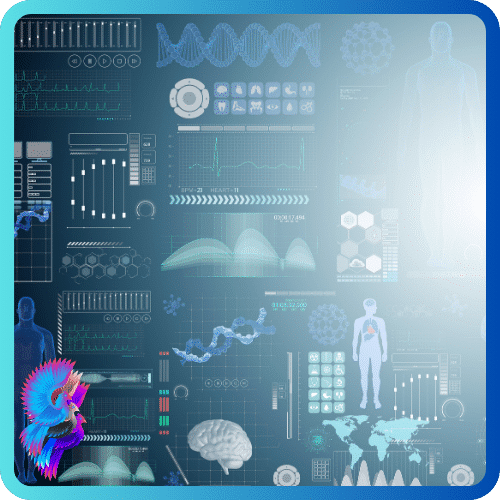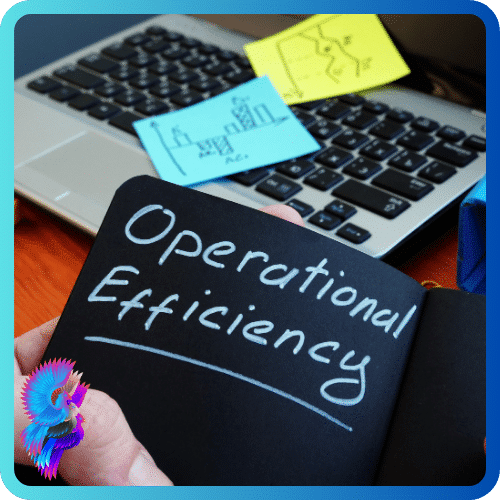Advertisements
A Comprehensive Analysis
Introduction:
Risk assessment is a systematic process used to identify, evaluate, and prioritize potential risks that an organization may face in achieving its objectives.
It plays a pivotal role in decision-making and strategic planning, enabling organizations to proactively manage uncertainties and enhance overall resilience.
This essay explores the fundamental concepts of risk assessment, its significance, and the methodologies employed to conduct thorough evaluations.
I. Definition and Key Elements of Risk Assessment:
Risk assessment is a methodical process that involves the identification of potential risks, an analysis of their likelihood and impact, and the prioritization of these risks based on their significance.
The key elements of risk assessment include:
1. Risk Identification:
- The initial step in risk assessment involves identifying all possible risks that could affect the organization.
- These risks can stem from internal factors such as operational processes or external factors like economic conditions and regulatory changes.
- Techniques such as brainstorming sessions, interviews, and historical data analysis are commonly used to identify risks comprehensively.
2. Risk Analysis:
- After identifying risks, a detailed analysis is conducted to understand their potential impact and likelihood.
- This involves assessing the severity of consequences and the probability of occurrence.
- Various tools, such as risk matrices, scenario analysis, and quantitative modeling, may be employed to quantify and qualify risks.
3. Risk Evaluation:
- In this phase, the identified risks are evaluated to determine their significance to the organization.
- This involves considering the organization’s risk tolerance and the potential consequences of each risk.
- Risks are often categorized as high, medium, or low based on their likelihood and impact, allowing for prioritization and focused attention.
II. Importance of Risk Assessment:
1. Proactive Decision-Making:
Risk assessment enables organizations to anticipate potential challenges and make informed decisions.
By identifying and evaluating risks in advance, decision-makers can develop strategies to mitigate or capitalize on these uncertainties.
2. Resource Allocation:
Understanding the potential impact of risks allows organizations to allocate resources effectively.
By prioritizing high-impact risks, organizations can direct resources toward mitigation efforts that offer the greatest risk reduction.
3. Operational Efficiency:
Effective risk assessment contributes to improved operational efficiency.
By identifying and addressing potential operational risks, organizations can streamline processes, enhance productivity, and reduce the likelihood of disruptions.
4. Regulatory Compliance:
Many industries operate within a framework of regulations and compliance standards. Risk assessment ensures that organizations identify and address risks related to regulatory changes, avoiding legal consequences and reputational damage.
III. Risk Assessment Methodologies:
1. Qualitative Risk Assessment:
Utilizes subjective judgment to assess and prioritize risks based on criteria such as severity, likelihood, and impact.
This approach is valuable for gaining a qualitative understanding of risks.
2. Quantitative Risk Assessment:
Involves the use of numerical data and statistical models to quantify risks.
This approach assigns numerical values to the likelihood and impact of risks, providing a more precise assessment.
3. Scenario Analysis:
Examines various scenarios and their potential impact on the organization.
This method helps organizations prepare for a range of outcomes and develop strategies to respond to different situations.
4. Failure Mode and Effect Analysis (FMEA):
A systematic method for evaluating processes and identifying potential failure modes.
FMEA assesses the severity, likelihood, and detectability of failures, allowing organizations to prioritize areas for improvement.
Conclusion:
In conclusion, risk assessment is a critical process that empowers organizations to navigate uncertainties and make informed decisions.
By systematically identifying, analyzing, and prioritizing risks, organizations can enhance their ability to anticipate challenges, allocate resources efficiently, and maintain operational resilience.
Embracing a proactive approach to risk assessment is essential in today’s dynamic and complex business environment, ensuring that organizations are well-prepared to thrive amidst uncertainty.
Advertisements
























